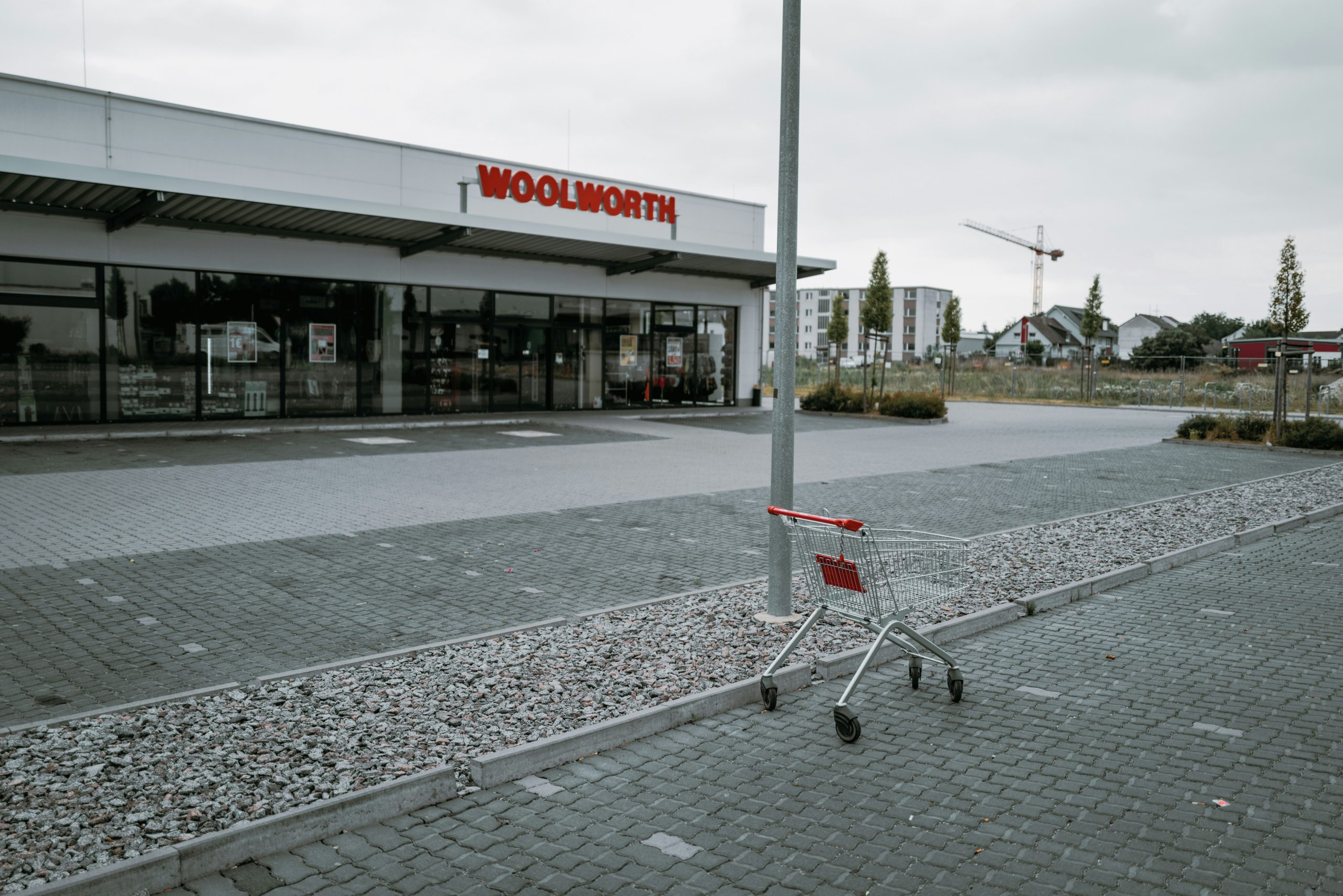In the bustling landscape of South Africa’s retail sector, Woolworths stands as a towering presence, offering a unique blend of fashion, food, beauty, and homeware. For years, this retail giant has captivated the hearts of consumers, earning a coveted spot among the top brands in the country. But what lies beneath the surface of Woolworths’ success, particularly among the burgeoning black middle class demographic?
Recent research conducted by Boitumelo Oliphant, the owner of Bogoni Research, delves deep into the intricate web of brand knowledge structure and equity within this demographic. The study, conducted on October 9, 2016, as part of marketing research for Woolworths, sheds light on the perceptions, attitudes, and values that shape the relationship between the black middle class and the Woolworths brand.
Read more: Unveiling Woolworths: Understanding Brand Knowledge Structure and Equity Among South Africa’s Black Middle ClassOne of the key findings of Oliphant’s research is the evolving nature of the black middle class in post-Apartheid South Africa. As the country underwent significant political and social changes, so too did the consumer landscape. No longer homogenous, the black middle class emerged as a dynamic force, characterized by increased affluence, education, and purchasing power.
Against this backdrop, Woolworths strategically positioned itself to appeal to this growing demographic. Through its diverse product offerings and emphasis on quality and luxury, Woolworths became synonymous with prestige and sophistication. However, Oliphant’s research uncovers a nuanced reality – while Woolworths has successfully cultivated brand awareness among the black middle class, there are still gaps in brand knowledge structure that need addressing.
Brand awareness, brand image, brand attitude, perceived value, and brand feelings are identified as critical components of brand equity among the black middle class. Oliphant’s findings reveal that while Woolworths enjoys strong brand awareness and a positive brand image, there are areas where improvement is needed. Perceived value, in particular, emerges as a key determinant of brand equity, suggesting that consumers seek not only quality but also affordability and relevance in their purchasing decisions.
To bridge these gaps and strengthen brand equity, Oliphant suggests a multi-faceted approach. This includes targeted marketing campaigns that resonate with the values and aspirations of the black middle class, as well as product innovations that cater to their evolving needs and preferences. Furthermore, fostering brand loyalty through personalized experiences and exceptional customer service is identified as a crucial strategy for long-term success.
In conclusion, Oliphant’s research offers valuable insights into the complex interplay between brand knowledge structure and equity within South Africa’s black middle class. By understanding the intricacies of consumer perceptions and behaviors, Woolworths and other retailers can forge stronger connections with this influential demographic, paving the way for sustainable growth and success in the ever-evolving retail landscape.
Email boitumelo@bogoni.co.za for the full paper


